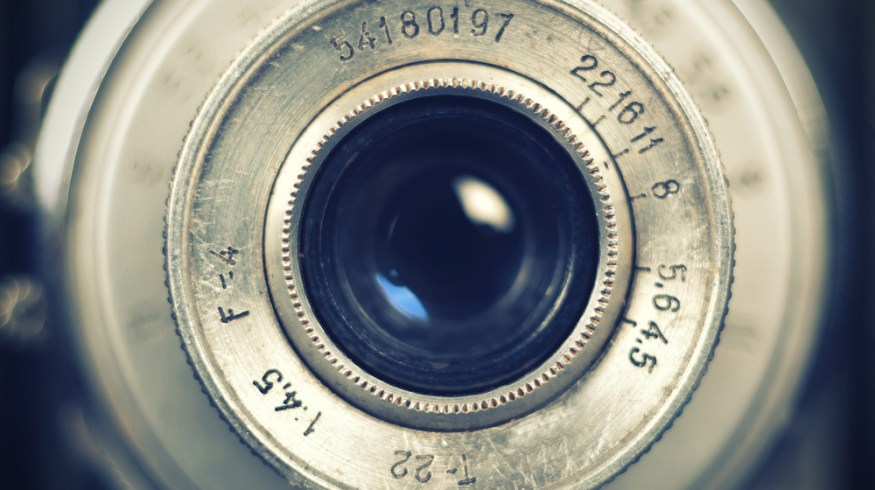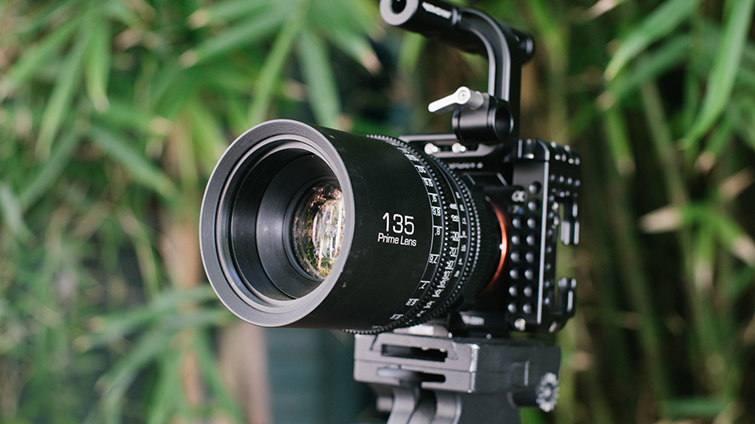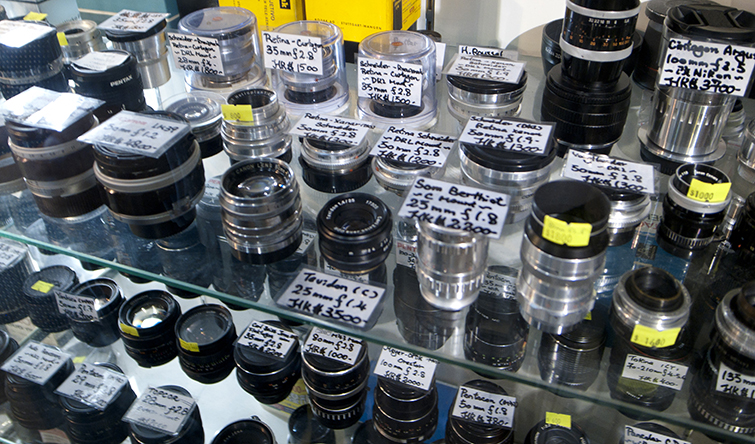
Working with Vintage Lenses on Modern Cameras
Looking to bring a signature look to your footage? Find out how vintage lenses can improve the look of your film and video projects.
Cover image via Shutterstock.
For budding cinematographers and aspiring filmmakers, the allure of vintage lenses makes sense. These lenses create unique looks, due in no small part to retro photography trends and Instagram. Their chromatic aberrations create an authentic style, which can be difficult (if not at least time consuming) to replicate in post.
But they also present a couple of problems. Namely, where do you get them and how do you get them to work with your modern digital cameras? Let’s look at how you can secure some of your own and use start using them in your films and projects.
The Advantages of Vintage

Image via Photon Collective.
Make no mistake: vintage lenses are not technically superior to modern lenses. In fact, they’re quite inferior in many ways. Yet, this is what makes them so desirable. Their imperfections are unique, and they create character. Here are some of the characteristics that may vary:
- Contrast
- Distortion
- Chromatic aberrations
- Illumination
- Color fidelity
- Vignetting
When you take all these discrepancies into account, a wholly distinctive look emerges that is forever tied to your lens and the footage you record. You’d be hard-pressed to replicate that authentic vintage feel digitally.
Where to Find Vintage Lenses

Image via Japan Camera Hunter.
So where do you find your vintage lenses? You may be pleasantly surprised to learn that vintage lenses, while more rare than common modern lenses, are still quite inexpensive. Independent camera shops are a great place to start, and if you’re lucky enough to live near one, you can easily find several affordable options.
However, if you need to look online, your best bet is to look on consumer-to-consumer websites like Ebay (which probably has the best selection) or some other online distributors. Also if you’re not quite ready to buy, you can always rent from the peer-to-peer site ShareGrid, which has put together the world’s most comprehensive vintage lens library for you to check out how the lenses look in a huge variety of circumstances.
Working with Vintage Lenses

Image via Lloyd Films.
So, how do you get these vintage lenses on your modern digital cameras, you ask? Well, just because these lenses may have been made many years before your Canon 7D doesn’t mean there aren’t resources available to get your lens mounted and functioning. Modern lens adapters can transition your vintage glass onto everything from Canon EF, Nikon F, Sony E and even your Micro 4/3rds. Here’s a good write-up on finding the right adapter.
Your other concern is going to be with aperture and focus control. The majority of vintage lenses are not going to be able to communicate with your camera the way your modern lenses will. This means you’ll have to use their external aperture controls (which may actually be more convenient for some). You’ll have to work with focus in much the same way, but that shouldn’t be as much of a concern for video as it is with photography.
For more information on vintage lenses and vintage cinematography, check out some of these resources below.






